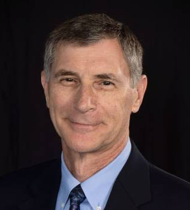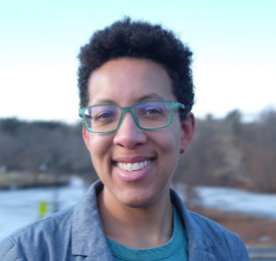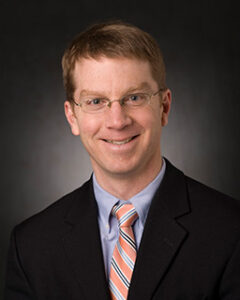 Abstract: A pattern is emerging among companies adopting metal-based additive manufacturing (AM). In the first stage, they use AM to replicate an existing part to understand the technology’s costs and capabilities. This gives them insight into AM processes and allows them to move onto the second stage wherein they adapt their designs for AM to reap more of its benefits—leveraging the design and material freedoms that AM affords. Finally, companies will shift to optimizing for AM as they gain confidence in an AM process while learning how to capitalize on AM to its full potential. These three stages can be effective when designing for AM, but only if expectations are carefully managed at each stage. Automotive, aerospace, consumer goods, and oil and gas examples from Penn State’s Center for Innovative Materials Processing through Direct Digital Deposition (CIMP-3D) are presented to illustrate the benefits and drawbacks of each stage. CIMP-3D served as the Manufacturing Demonstration Facility (MDF) for Additive Manufacturing for DARPA’s Open Manufacturing Program. In this role, CIMP-3D toured more than 6,000 visitors, organized a dozen technical forums and exchanges, and instituted the first hands-on industry practicum for metal AM. Efforts to educate the next generation workforce and (re)train the current workforce to use AM effectively and design for AM will also be discussed.
Abstract: A pattern is emerging among companies adopting metal-based additive manufacturing (AM). In the first stage, they use AM to replicate an existing part to understand the technology’s costs and capabilities. This gives them insight into AM processes and allows them to move onto the second stage wherein they adapt their designs for AM to reap more of its benefits—leveraging the design and material freedoms that AM affords. Finally, companies will shift to optimizing for AM as they gain confidence in an AM process while learning how to capitalize on AM to its full potential. These three stages can be effective when designing for AM, but only if expectations are carefully managed at each stage. Automotive, aerospace, consumer goods, and oil and gas examples from Penn State’s Center for Innovative Materials Processing through Direct Digital Deposition (CIMP-3D) are presented to illustrate the benefits and drawbacks of each stage. CIMP-3D served as the Manufacturing Demonstration Facility (MDF) for Additive Manufacturing for DARPA’s Open Manufacturing Program. In this role, CIMP-3D toured more than 6,000 visitors, organized a dozen technical forums and exchanges, and instituted the first hands-on industry practicum for metal AM. Efforts to educate the next generation workforce and (re)train the current workforce to use AM effectively and design for AM will also be discussed.
Biographical Sketch: Dr. Simpson is the Paul Morrow Professor of Engineering Design & Manufacturing at Penn State with affiliate appointments in Architecture and Information Sciences & Technology. He serves as the co-Director of CIMP-3D (www.cimp-3d.org) and directs the world’s first interdisciplinary graduate program in Additive Manufacturing & Design. He has been PI or Co-PI on over $25M in funding for research in additive manufacturing and 3D printing, product family and product platform design, and multidisciplinary design optimization, including surrogate modeling and trade space exploration. He has published over 350 peer-reviewed journal and conference papers and 2 edited textbooks, and he contributes a monthly column to Modern Machine Shop called “Additive Insights”. He is a recipient of ASME’s Design Automation Award, Robert E. Abbott Award, and Ben C. Sparks Award as well as the ASEE Fred Merryfield Design Award. He has received numerous awards for outstanding research and teaching at Penn State, including the 2019 Teaching and Learning with Technology Impact Award. He is a Fellow in ASME and an Associate Fellow in AIAA. He chaired the ASME Design Engineering Division Executive Committee and the ASME Design, Manufacturing, and Materials (DMM) Segment Leadership Team. He helped ASME launch the Innovative Additive Manufacturing 3D (IAM3D) Design Challenge in 2014, and he served as the chair of ASME’s industry-focused Additive Manufacturing & 3D Printing Conference & Expo in 2015 and 2016. He received his Ph.D. and M.S. degrees in Mechanical Engineering from Georgia Tech and his B.S. in Mechanical Engineering from Cornell.
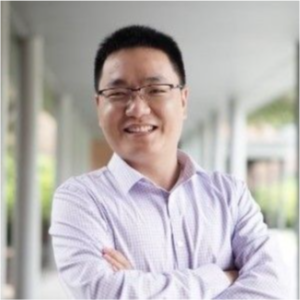
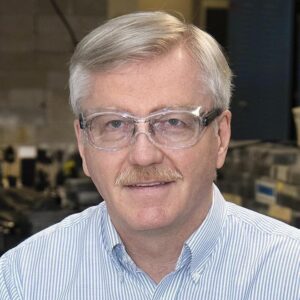

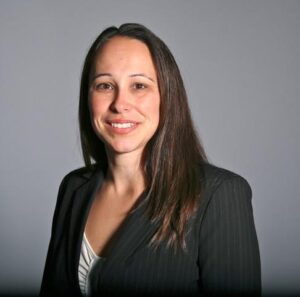
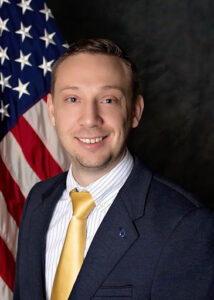 Abstract:
Abstract: 
